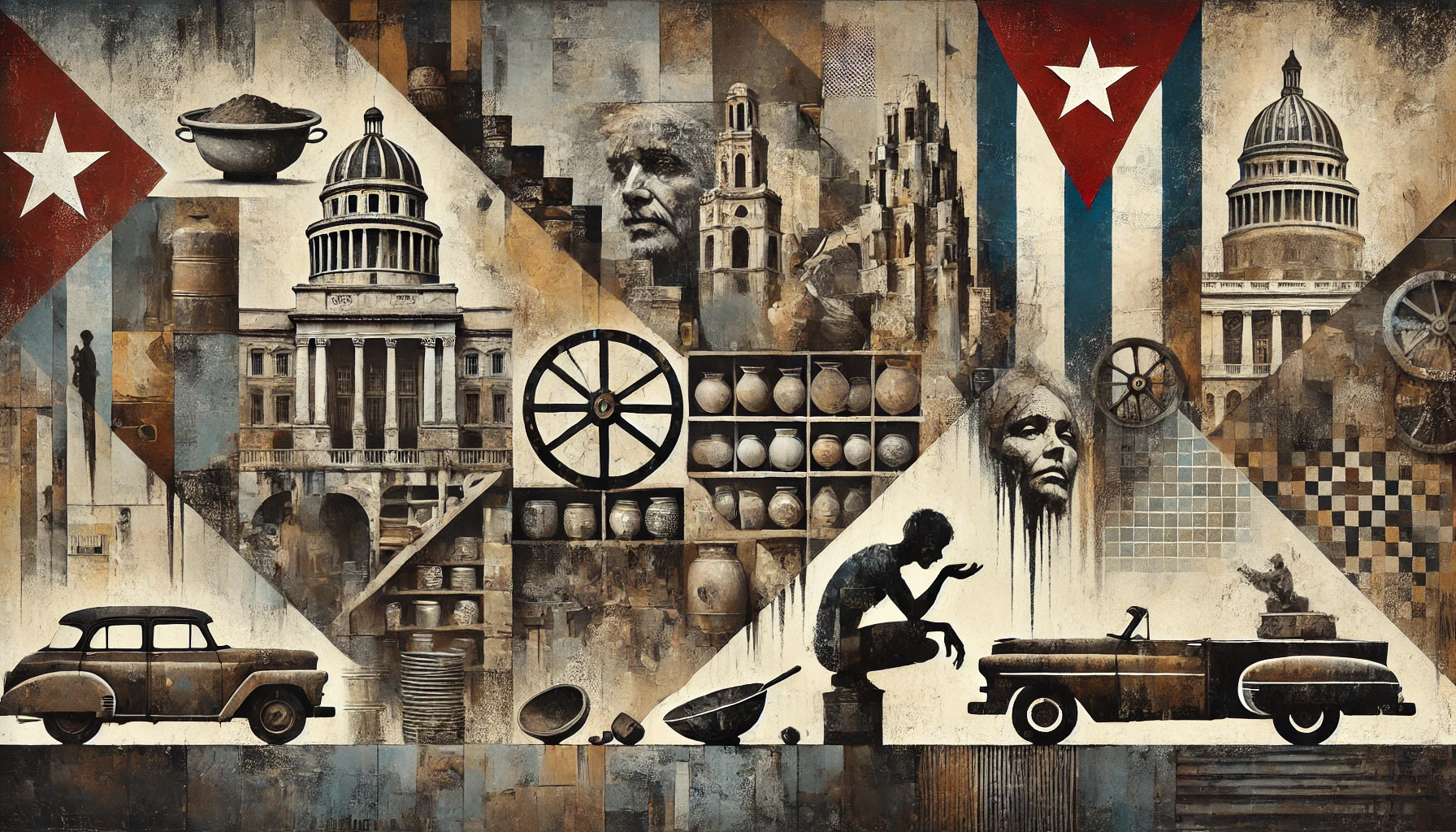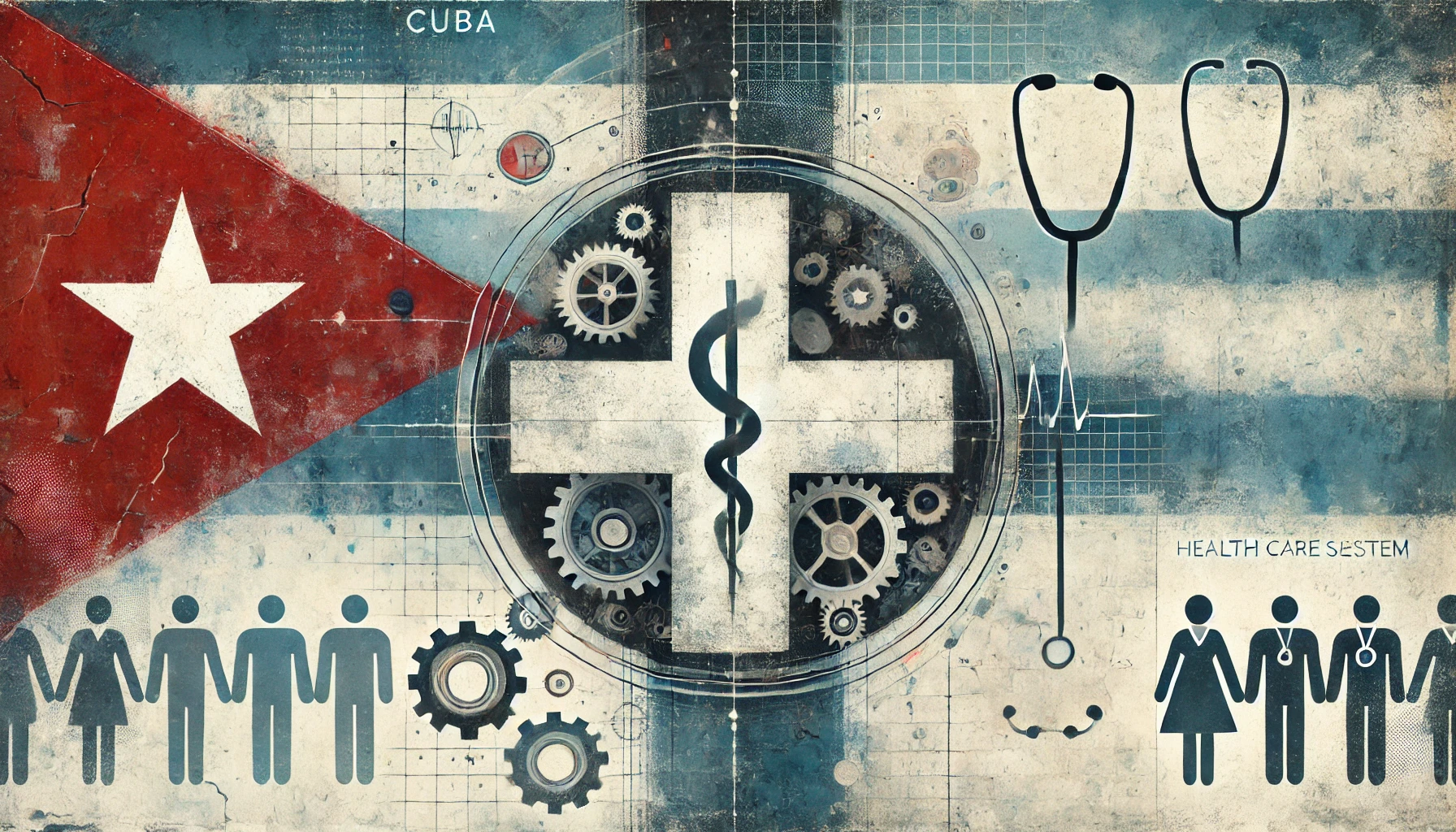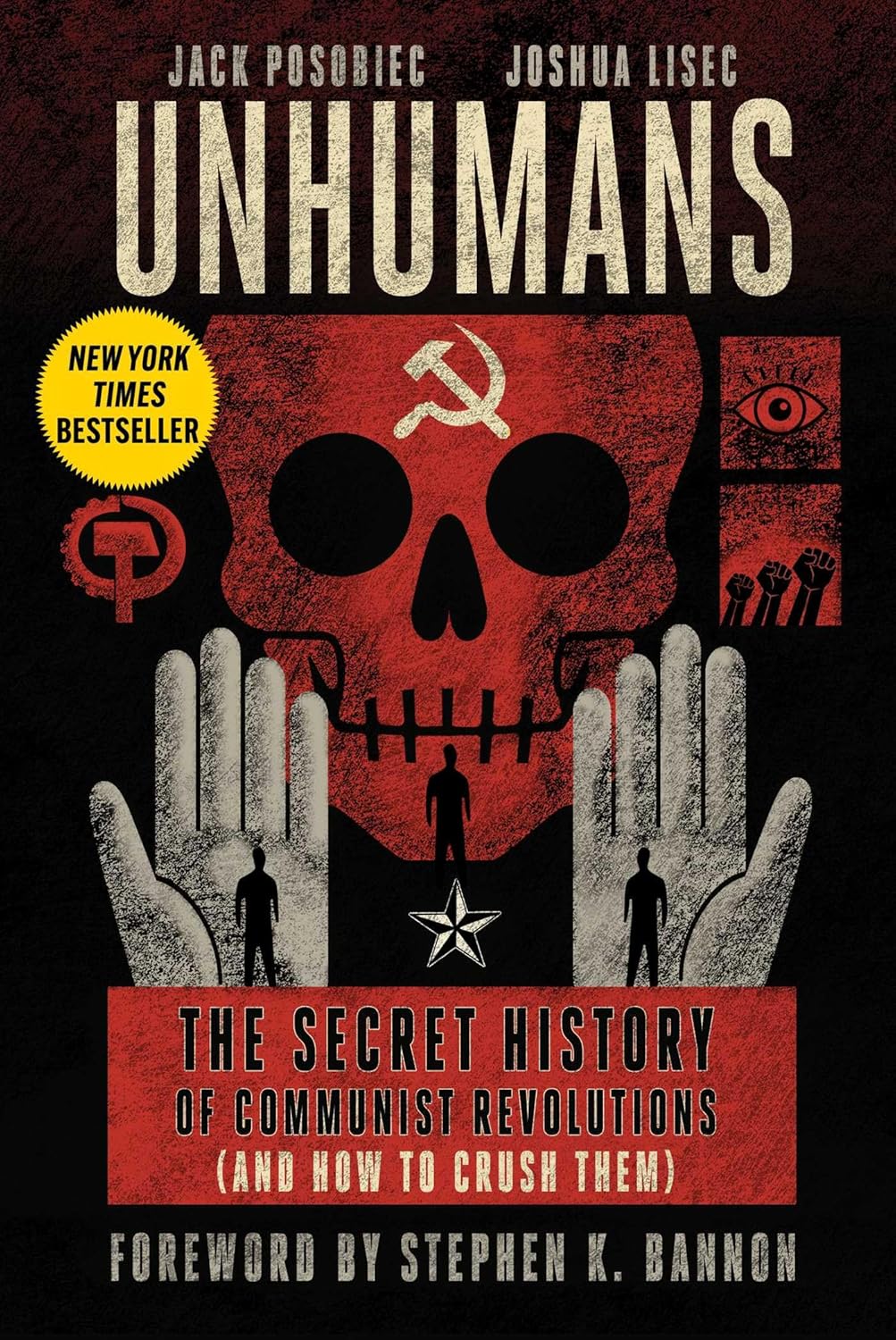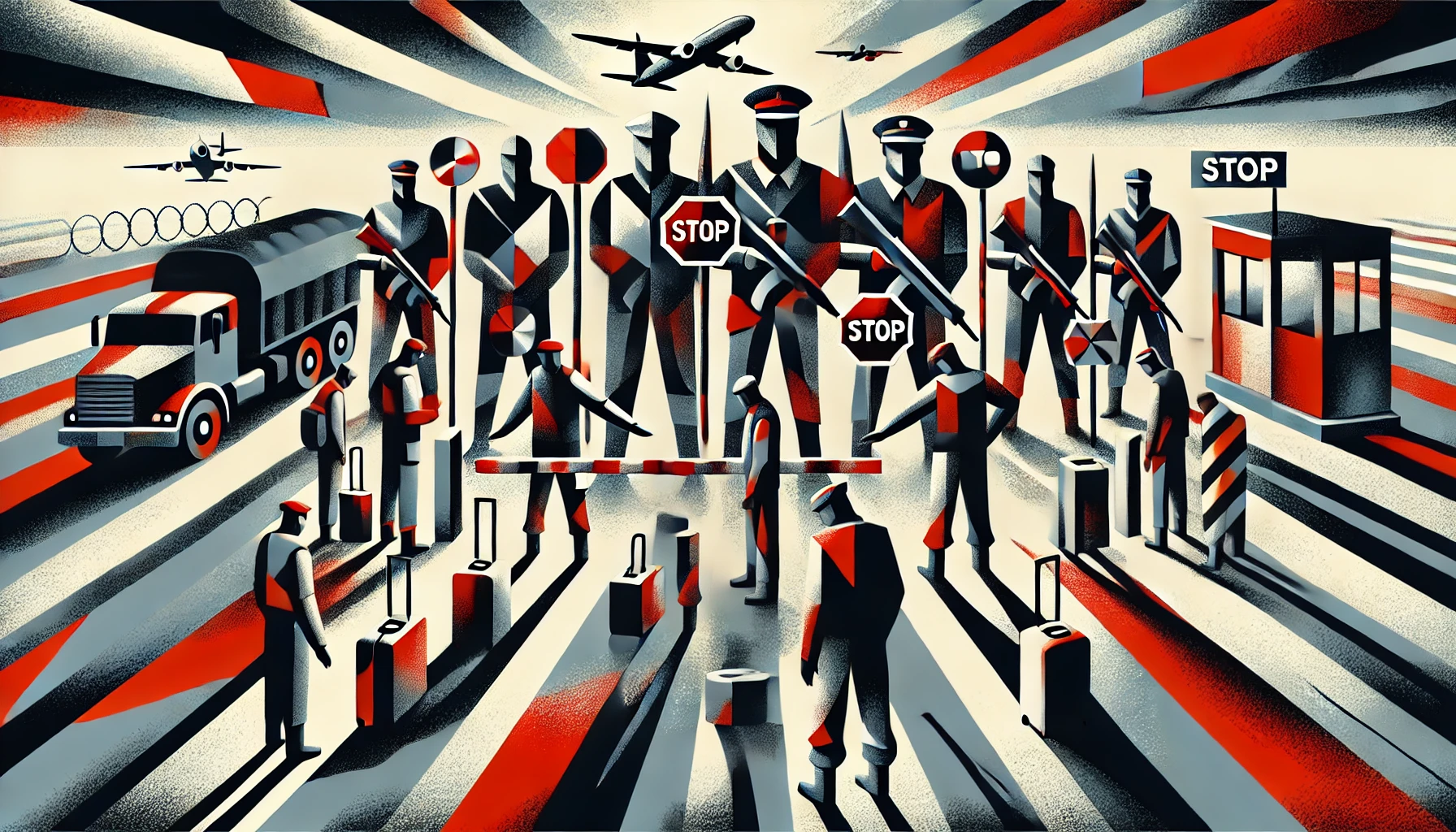The collapse of the Soviet Union in 1991 had a profound impact on Cuba’s economy, which had been heavily dependent on Soviet aid and trade. The resulting economic crisis, known as the “Special Period in Time of Peace,” lasted throughout the 1990s and was characterized by severe shortages, rationing, and a significant decline in living standards for the Cuban people.
Dependence on Soviet Union
Before the Soviet collapse, Cuba relied on the USSR for significant economic support. According to economist Carmelo Mesa-Lago, Soviet aid to Cuba averaged $4.3 billion annually between 1986 and 1990, representing about 30% of Cuba’s GDP.[1] Additionally, the Soviet Union purchased Cuban sugar at preferential prices and supplied the island with subsidized oil.
Impact of Soviet Collapse
The dissolution of the Soviet Union in December 1991 led to an abrupt end to the economic support Cuba had been receiving. Between 1989 and 1993, Cuba’s GDP declined by 35%, and imports fell by 75%.[2] The loss of Soviet oil supplies forced Cuba to cut energy consumption by 20%, leading to blackouts and reduced industrial output.[3]
Food Shortages and Rationing
The economic crisis led to severe food shortages in Cuba. Daily caloric intake dropped from 2,908 calories in 1989 to 1,863 calories in 1993.[4] The government implemented a strict rationing system, limiting access to basic goods like food, clothing, and toiletries. Cubans were forced to queue for hours to obtain their meager rations.
Personal Accounts
The hardships faced by Cubans during the Special Period are well-documented in personal accounts. One Cuban, Miriam García, recalled: “We had to invent ways to survive. We cooked with wood because there was no gas. We used Chinese bicycles because there was no transportation. We learned to make do with very little.”[5]
Government Response and Reforms
To address the crisis, the Cuban government introduced limited market-oriented reforms. In 1993, the government legalized the U.S. dollar, allowed self-employment in certain sectors, and opened up the country to foreign investment in tourism.[6] These measures helped to gradually improve the economy, but living standards remained low compared to pre-crisis levels.
Conclusion
The Cuban economic crisis following the Soviet collapse had a devastating impact on the island nation. The loss of Soviet support exposed the vulnerabilities of Cuba’s centrally planned economy and led to a prolonged period of hardship for its citizens. While the government’s reforms helped to mitigate some of the worst effects of the crisis, the Special Period remains a painful memory for many Cubans who lived through it.
References
- Mesa-Lago, C. (1993). The Economic Effects on Cuba of the Downfall of Socialism in the USSR and Eastern Europe. In C. Mesa-Lago (Ed.), Cuba After the Cold War (pp. 133-196). University of Pittsburgh Press.
- Pérez-López, J. F. (1995). Cuba’s Second Economy: From Behind the Scenes to Center Stage. Transaction Publishers.
- Hernández-Catá, E. (2000). The Fall and Recovery of the Cuban Economy in the 1990s: Mirage or Reality? International Monetary Fund.
- Franco, M., Orduñez, P., Caballero, B., Tapia Granados, J. A., Lazo, M., Bernal, J. L., Guallar, E., & Cooper, R. S. (2007). Impact of Energy Intake, Physical Activity, and Population-wide Weight Loss on Cardiovascular Disease and Diabetes Mortality in Cuba, 1980–2005. American Journal of Epidemiology, 166(12), 1374-1380.
- Oberg, L. (2004, November 9). Cubans Remember the Special Period. The Tartan Online. https://thetartan.org/2004/11/9/forum/cuba
- Domínguez, J. I. (2004). Cuba’s Economic Transition: Successes, Deficiencies, and Challenges. In J. I. Domínguez, O. E. Pérez Villanueva, & L. Barberia (Eds.), The Cuban Economy at the Start of the Twenty-First Century (pp. 17-47). Harvard University Press.








